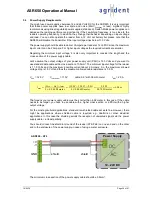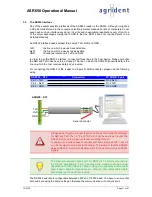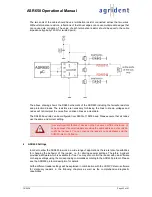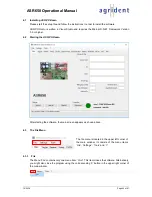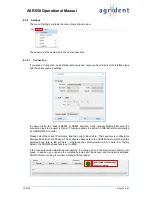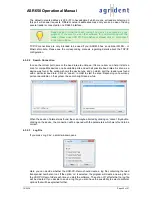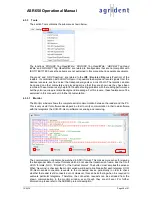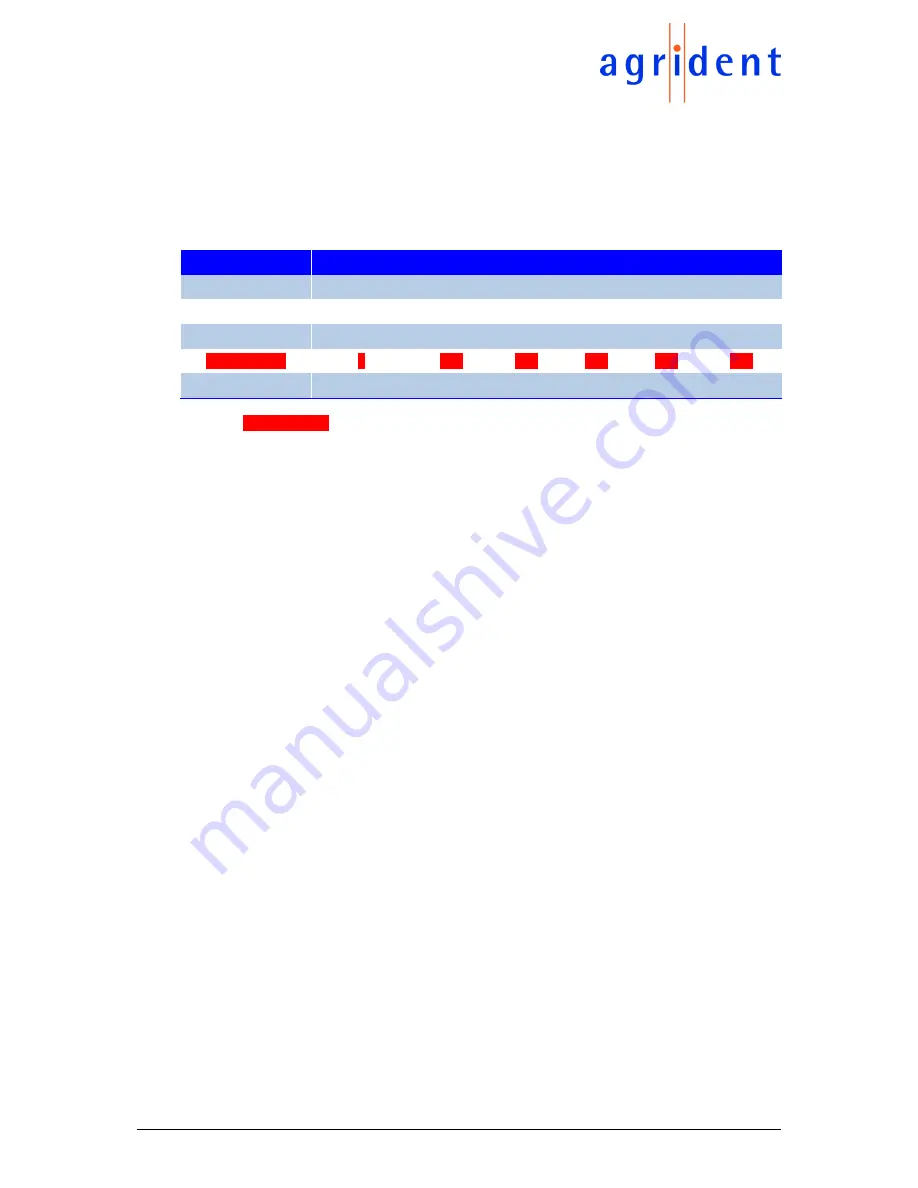
19/09/18
Page 14 of 67
ASR650 Operational Manual
2.1.6
Antenna requirements
Basically, the nominal antenna inductance is about 13µH and the capacitance approximately
105nF. When the inductance is lower, more capacitance is required and vice versa.
Based on the transmit power level which is selected, the ASR650 requires a minimum antenna
impedance. The antenna impedance (parallel impedance) correlates with the Q-factor of the
antenna. The lower the Q, the lower the antenna impedance.
Power Level
1
2
3
4
5
6
Power in %
1
30
50
70
90
100
No Antenna
1400
1400
1400
1400
1400
1400
High Imp. [Ω]
1200
1200
1200
1200
1200
1200
Low Imp. [Ω]
0
200
200
250
500
750
Short circuit
0
200
200
200
200
200
The line ‘
Low Imp. [Ω]
’ shows the minimum antenna impedance required for operating the
ASR650 within the according power level. At full transmit power, the minimum impedance is
750Ω. When the antenna impedance is lower, the reader will disable the transmitter in order to
protect some components from damage due to overheating.
A low antenna impedance results from a low antenna Q. In case of using Agrident antennas, the
values for the impedances are high enough. But when the antenna is too close to metal, the
impedance decreases as well. In this case please check your installation and try to mount the
antenna at a different position. It might also be required, to remove some metal parts. If this is not
possible, the power level has to be reduced until the impedance is sufficient. But the lower the
power level, the lower the read range.
The status ‘
High Impedance
’ and also ‘
No Antenna
’ do not result in the switch-off of the
transmitter. They are just shown for informational purposes when requesting the antenna status.
If the impedance is too high, it could be possible that the transponder reception does not work
any longer because the bandwidth of the antenna is too narrow then.
The transmitter power level can be changed in the tab ‘
TX/RX
’ in
ASR-PC-Demo
. Please see
chapter 4.8.2 for details.




















